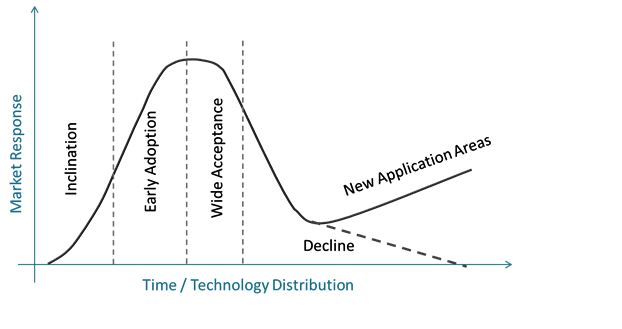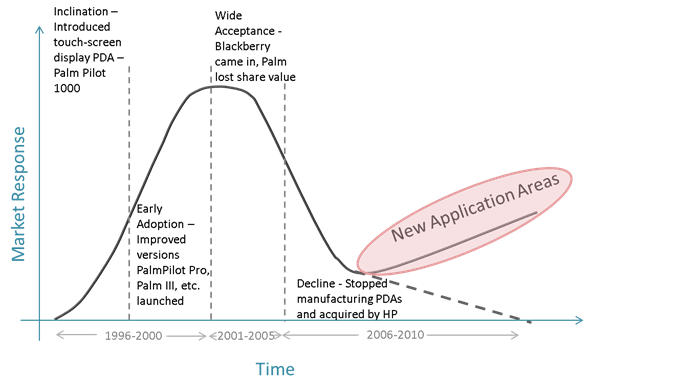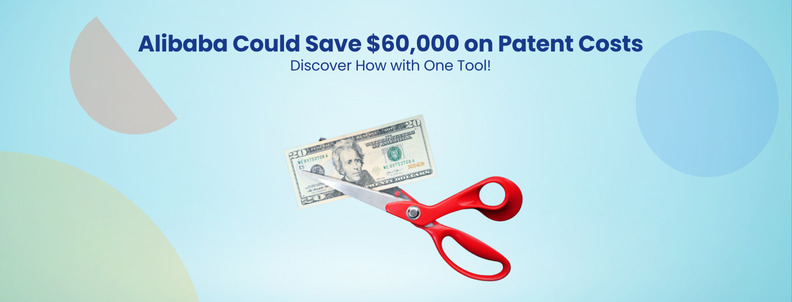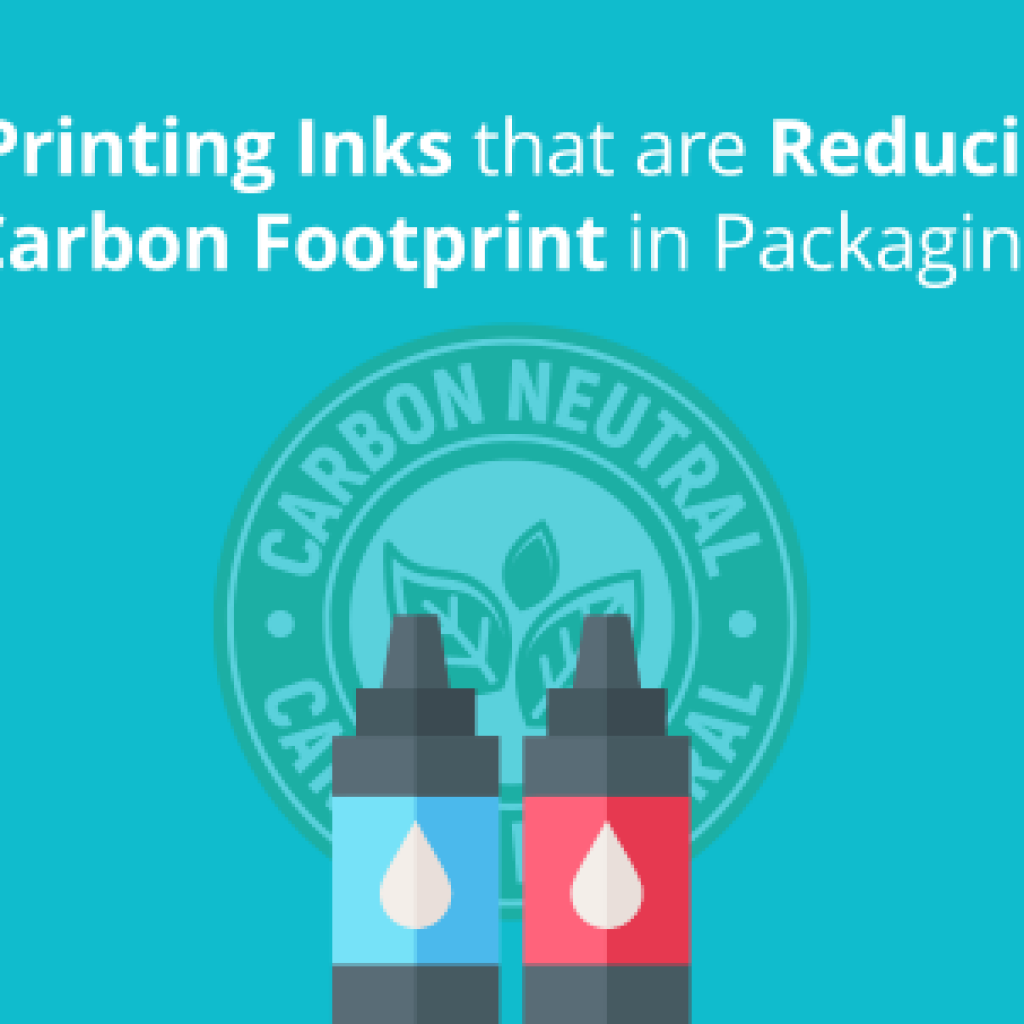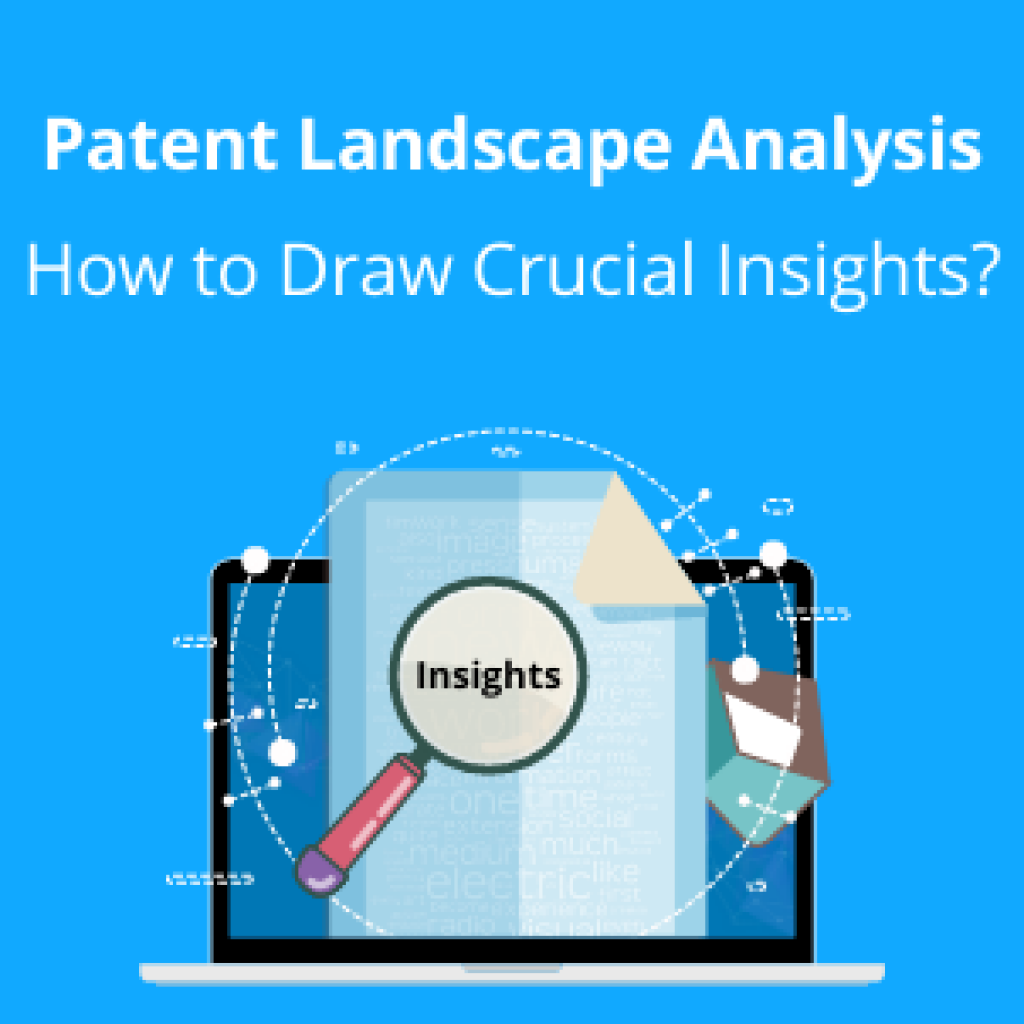Imagine the world where you’d be clicking pictures on your Kodak DSLR and uploading them on Instagram with hashtag #KodakMoment while checking comments on the post on your revolutionary Blackberry. The foldable Nokia Smartphone that you wore on your wrist is still your backup phone because Nokia phones never run out of batteries.
The above would have been a reality and not a mere imagination had these companies paid attention and took steps to analyze the different technology adoption life cycle stages for their technologies.
Had they realized that the technologies they built their empires on were just about to reach the last stage of their technological life cycles, they could have had come up with or invested in alternate technologies, and innovated in the direction.
Think of the countless strategies they could have plotted had they known the fate of the technology they developed. They would have actionable insights on increasing ROI, know-how on taking the technology to the next step, and ease in making decisions on channelizing research investment.
Had they done that, these companies could have continued to reign in the market with a lion’s share in their particular niches. Sadly, they didn’t. As a result, they failed and the majority of them never gets the spotlight anymore. They have met their end.
Someone once said, “The only reason history exists so that you can learn from mistakes of others and don’t repeat them yourselves. “
Well, time to take a lesson.
In this article, I will discuss how analysis of technological life cycle could help you make decisions that you might miss otherwise. And since practice is way better than theory, we will look at some examples to drive the point home.
What is a Technology Adoption Life Cycle Curve?
Though most of you would be aware of what a technology life cycle is, there are quite a bunch who lack an idea. The former ones can skip to the second next section, while the latter ones in search of an answer have a good 215 words to read.
In simple words, a Technology life cycle describes how a technology during its R&D, Maturity, and declining stage affects profits of a product. It predicts when a new innovation will get adopted, accepted and declined.
What are the 5 Different stages of a Technology Life Cycle?
In general, there are five stages of technological development in the life cycle of any technology. Each stage has its own relevance impacting the profits generated by a product. Let’s take a brief look into each of these stages.
Inclination – This is the stage where a new technology is introduced in the market and hype for its need is created. At this stage, the profits generated from a technology are laggy aka slow-moving. This phase is also popularly known as “bleeding edge”.
Early Adoption – Customers aka early adopters(also known as Visionaries) start adopting the technology. A majority of the shortcomings get eliminated at this stage which leads to increase in trust among customers.
Wide Acceptance – This is the stage where a technology gets accepted by masses. At the same time, a lot of competitive and alternative technologies get developed. This is a stage where profits hit their zenith and then start declining. The newness of a technology starts fading slowly.
Decline – At this stage, sales and profits take a nosedive. An introduction of better alternative technologies make it obsolete and takes a technology to a stage where further investment in development becomes unprofitable.
New Application Areas – This could be a turning point in the declining phase. This could involve working on incremental improvements such as giving a tech a software update, bumping up the specifications, redesigning it.
It could be through partnering with new innovators to give a new direction to the technology. If the technology finds its application in a new area, it could be saved from touching the horizontal axis of the life cycle.
Handpicked Suggestion: How IP Benchmarking Provides Actionable Insights
How different stages of technological development helps build patent portfolio strategy?
Let me share an example where we recently worked for a communication giant, let’s call them, CommuG. CommuG had a diverse patent portfolio which was not limited to communication domain solely.
After the analysis of its patent portfolio, we identified that:
- 20%-25% patents in the complete portfolio are related to Virtual Reality,
- 25%-30% patents related to Home Automation,
- 35%-40% patents related to Instant Messaging, and
- 10%-15% patents related to Short Message Service Technology.
Thereafter, we checked where these technological clusters lie in the different stages of a technology lifecycle curve. The analysis revealed the following curve:
Note: The technology cluster and its position on the Technology Life Cycle are only for illustrative purpose. We have not depicted the exact spots and spread of each cluster across the lifecycle plot.
What kind of insights did the exercise reveal? You ask.
Well, below are a few of the valuable ones we discovered after we plotted patent portfolio of CommuG on technological lifecycle curve:
Potential Licensing Opportunities for Patents
The graph revealed that 10%-15% of the patent portfolio related to SMS technology is advancing towards declining phase and some of the patents have already touched the base. These patents need immediate attention to decide what to do with them.
When such patents were analyzed in detail, we identified that some of the patents were not limited to traditional SMS alone and are applicable to instant messaging clients as well. Considering the rise of instant messaging apps and the fact that many companies in this domain hold a low number of patents, such patent cluster can be sold for a good price.
Also Read: How SWOT Analysis Can Help You Find Licensing Opportunity for Your Patent Portfolio?
Patents with high ROI potential
Similarly, 20%-25% patents on Virtual Reality in CommuG portfolio lies on the early adoption phase of technological lifecycle curve. Investment in this area would lead to a high return on investment. So definitely, such patents should be maintained.
Also, the maintenance fee window for the patents in this cluster is 3.5 year and 7.5 years and none of the patents appeared to be discarded at this stage. This is good news since such patents can generate huge commercialization and monetization opportunities.
Assistance in making a go or no-go decision on paying maintenance fee
35%-40% patents on Instant Messaging falls in acceptance stage of the technology life cycle curve. A lot of competitors are pouring in. Hence, creating strategies for further advancing the technology and fighting the competition would be useful here.
In this case, the patent cluster has patents with maintenance fee at the 11.5-year window. Some of the patents have become obsolete. Thus, paying maintenance fee is a no-brainer here. On the other hand, there are some promising patents too, which need to be maintained by paying the fee.
Based on different requirements, the insights gained by plotting Technology Life Cycle directs the next steps in terms of the business expansion plan, maintenance of patent portfolio and saving/ spending on maintenance fee, exploring monetization options. All one needs to do is to pay attention to these insights and take actions based on them.
You would say all good in theory, but what about practice. If I have a bunch of patents in a technology, which say, is about to get into a declining stage, how could technology analysis help me spot new application areas?
Well, let’s take an example and have this sorted.
How could HP have spotted new application areas for PALM?
Heard of PALM? The pioneer in smartphone/PDA industry, which developed WebOS, the first multitasking operating system for smartphones, even before Apple or Samsung.
The company was acquired by HP for a whopping $1.2 Billion in an all-cash deal in mid-2010. Unfortunately for PALM, HP didn’t do justice with the potential PALM had, resulting in its demise.
Below is the technology lifecycle curve of PALM.
Plotting the Technology Life Cycle of PALM gives a clear picture of how the technology declined and the company was dissolved in HP. Later, even HP couldn’t completely utilize the potential of PALM’s technology and sold it in bits.
WebOS platform was sold to LG, some patents were sold to Qualcomm, and the trademarks and remaining patent portfolio were bought by TCL Communication.
Do you know what was missing here? Yes, the exploration of New Application Areas.
Let’s see what could have been done if this Technology Life Cycle would have plotted at a stage when the technology was on the rise.
In the case of PALM, the patent portfolio could have been put into the market for Licensing or selling to outmaneuver decline of technology.
This could have had multifold advantages, like –
- Collaboration with other companies could have been useful to explore New Application Areas of the technology. For example, if PALM had identified the potential of its WebOS platform for handheld devices, licensing its portfolio to LG for smart TVs (before the decline stage) would have worked wonders. Further, some other application areas of PALM software would have included smartwatch and home automation systems.
- Incremental innovations to the technology could have kept the competitors at distance. What PALM needed was a better hardware and a more user-friendly software to compete with the budding players. The patent portfolio could have been enhanced by cross-licensing for incremental innovations.
Well, all these would have been plausible if right strategies were executed at the right point of time. Now, all we are left with is if…then scenarios which would never see the reality of the day.
The lesson of the day- Don’t let that happen to you. If you need help, send us a message:

Conclusion
Performing a technology life cycle analysis has its own set of advantages. Understanding the timeline of the technology can not only help decide the next steps but also help channelize R&D investments and ease monetization related decisions.
As they say it, decisions based on data prove to be far more profitable than ones taken based on intuition.
Choose your move!
Authored by: Vincy Khandpur, Senior Research Analyst, Infringement and Shikhar Sahni, AVP, Operations.
Next Step: Explore more Patent Commercialization Strategies and create your own smart patent commercialization strategy by clicking here.

